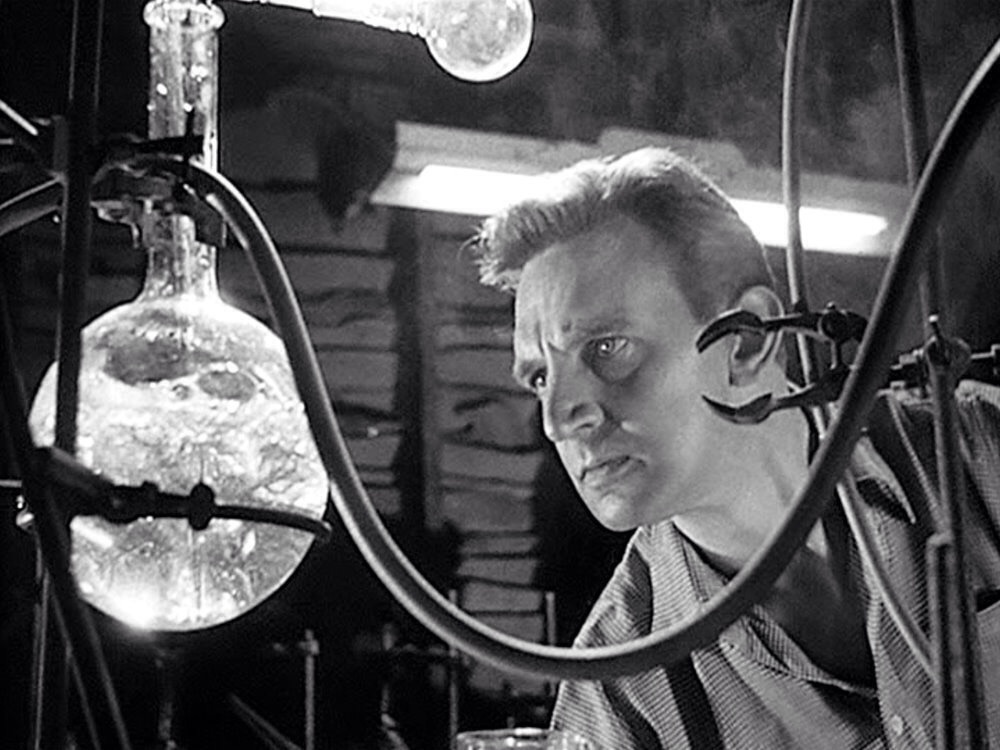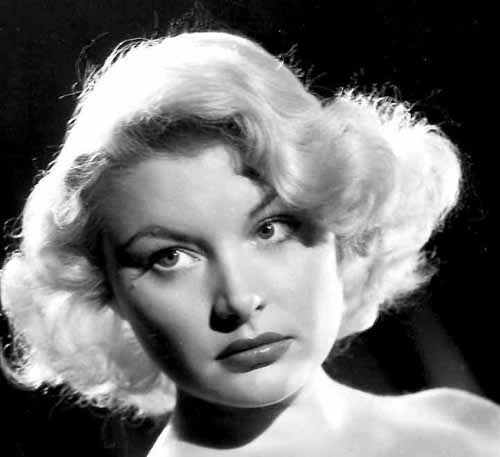Those quaint English villages always scare me. First there was ‘Village of Damned’ (1960) and if that was not bad enough along came ‘Midsomer Murders’ (1997+). Thus alerted, when this title opened on a picturesque English countryside I feared the worst. and I was not disappointed.

Two pals do science, a lot of it. There is a tedious backstory first, but the chase is this. They invent a replicator that 3-D prints anything from energy not raw materials. They refer to making works of great art available by reproducing them and supplying rare drugs to hospitals. So far, so altruistic.
Then their prepubescent friend Lena reappears and, gulp, there has been much puberty. Scientist Robin marries Lena, leaving scientist Bill, who is a dopplegänger for Liam Neeson out in the cold, old shed where they have perfected the 3-D replicator.
 Stephen Murray as Liam Neeson.
Stephen Murray as Liam Neeson.
Robin goes off to London to square the deal with Whitehall, while Bill mopes. A lot. Mopes some more.
Then, no doubt while thumbing though a copy of Mary Shelly’s most famous book, sets to work on improving the replicator to replicate…..Lena! Yep. It is quite a step from replicating a blank cheque to replicating a person but Bill does it. Much bubbling of liquids, flashing of lights, throbbing of boxes, muttering of incantations in the shed and the rabbits multiply. Next up Lena.
He talks her into it. He talks fast because this a short film. She agrees though why is by no means clear. Hey presto! Now we have the original Lena and the duplicate, Helen.
She is such a perfect duplicate this Helen that she, too, loves Robin, though he still in London. What is he doing there anyway when he has Barbara Payton back in the shed, chorused the fraternity brothers? Strange.
Bill has Helen but he does not have Helen. What to do? Ah ha! He will fine tune her in the shed. Not with roses and sweet words but with the mad scientist’s old friend, electricity! He will adjust the clone to erase her memories of Robin and start fresh with her. Lena, having come this far, agrees to assist so on a dark stormy night the three of them gather in the shed and strap Helen into the dental chair and set to work.
Kaboom! Too much juice and the contraption blows up like a Samsung Galaxy: Bill and one of the women perish in the fire. But which one? A nail biter that.
There is also the implication that the details of the replicator have also been lost in the fire and we will have to wait until the Twenty-First Century for 3-D printing. No more duplicate rabbits or Helens in the meantime.
Gosh, where to start. The ideal of reproducing at will objects from energy is to be found in much Sy Fy like Star Trek. But here no consideration at all is given to the consequences of doing so, though maybe that is why Robin got stuck in London. Some pedant there wanted to think about it. If gold is replicated in masses then its value will fall. If rare works of art become commonplace, they are no longer the rarities they were. If rare drugs proliferate like penicillin maybe diseases will mutate faster.
Still less is any thought given in the screenplay to the moral consequences of replicating a sex toy. Bill just assumes Helen will love him. He just assumes he will love her and not pine for the real thing. He just assumes no one will notice or question the uncanny resemblance of the two women.
Barbara Paton plays both Lena and Helen and she is indeed eye candy in the garish manner of the time. Never do we see any interaction between Lena and Helen, though each is aware of the other. That would have been too expensive to film for a quota quickie.
 Payton at the time.
Payton at the time.
Payton was dead a few years later. The sex, drugs, and alcohol of Hollywood drove her to an early grave. She went to England to film this, it is implied in the Wikipedia entry, to escape these bad habits, but a few weeks in a facsimile English village and she could not wait to get back to Sin City. Once back there she reverted to her old ways.
Together with the robotic ‘The Perfect Woman’ (1949) and the retiring ‘Invisible Woman’ (1940) we certainly get the manners and mores of the times for women in Sy Fy. However in both these titles the women more than hold there own, not so here where Payton is little more than a Barbie doll.
It rates on IMDB 5.9 from 425.
Skip to content
